PRESIDENT’S DESK
THE HEART OF OUR COMMUNITY
By Joaquin Ramirez Cisneros
In my first message as IAWF president, I ask you to stop for a moment with me and gather the memories that come to mind when you look at your wildfire career. Whether you’ve enjoyed a lengthy career or are just starting out, I think that collectively, these memories form an incredible collection of the best of what we can do for each other. The IAWF is a vibrant community. When I reflect on the fantastic opportunities that I have experienced during my career in this challenging field, the dedication of my colleagues comes to mind. Share your adventure with us and let’s grow our association to reflect the diversity in our community. There are many disciplines and individuals who fuel our community. You can feel how big their hearts are. Consider the following examples.
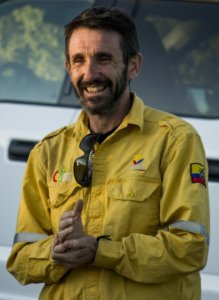
Firefighter Jose Luis Duce, Prescribed fire training specialist and California burn boss, with the Watershed Training and Research Center (WTRC)
Our wildland firefighters face nature unleashed in extreme conditions every year across the globe. During longer and harder fire seasons, they put themselves on the line to preserve and protect fellow citizens and our most beloved landscapes. They recognize how to use “good fire,” learning from a time and a culture that had a more balanced relationship with the fire than we have had recently. To have achieved this, an outstanding level of commitment, sacrifice, camaraderie, and generosity is what we find when we share time with them.
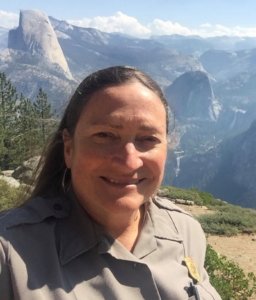
Kelly Martin, Retired chief of fire and aviation, Yosemite National Park, National Park Service, Pacific West Region
Our wildfire incident managers deal with the complexity of short-term response, mastering the art of emergency management and leading ICS to become the standard for other organizations. At the same time, they deal with the long-term planning of creating safer communities and more resilient landscapes through fuels management and community engagement, usually with very few resources. They do all this, facing the opposition of sometimes short-sighted groups that cannot fully appreciate the complexity of the big-picture challenge.
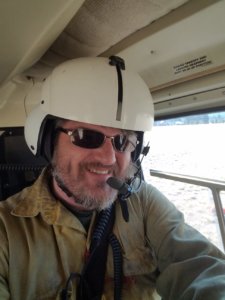
Matt Jolly, Researcher at RMRS Missoula Fire Lab
Our fellow scientists face the immense challenges of understanding the different scales of the interaction of fire on our planet, from the micro-scale processes to the uncharted territories of the interactions at a global scale. They analyze the past to predict the long-term future with resources so scarce that if we invent a ratio of complexity of a problem versus the budget invested to get significant advances, the numbers would be huge compared to any other discipline. Add to that the immense challenges in social sciences, where so much understanding is needed to balance our relationship with our favorite phenomena: knowing that there are no lone solutions that work everywhere, anytime.
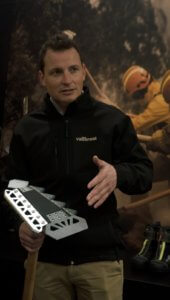
Javier Baena, Founder & CEO at Vallfirest Tecnologías Forestales
The innovators in our community are improving the conditions of tomorrow’s job environment. They create solutions, from aerial resources to sensors and software, from better pumps and hand tools to lighter and stronger personal protective equipment. Within the technologist community, you will find nonstop innovation and a willingness to partner and improve together.
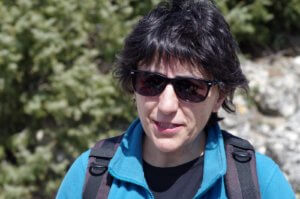
Luz Valbuena, Professor of fire ecology, Master Fuego, Universidad de Leon, Spain
Lastly, our fellow academics, research students and members of the professional training community share with passion their love to know more and to aim higher; they pose the hard questions to the ones who think they have seen it all, and keep us all eager students of wildland fire every day.
The challenges we face are of a planetary scale. We as an association need to support actions everywhere, from places in which we need to reintroduce fire, to places that need recognition and better conditions for our colleagues. We have to achieve this development goal together and raise that effort to a global collaborative aspiration.
I have the privilege to start 2022 surrounded by the best examples of our vibrant wildfire community, represented in the IAWF board of directors, having received the torch from our immediate past president, Toddi Steelman. Steelman skillfully led us during one of the most demanding times that our community has experienced. We have learned the value of creating safe environments, caring for each other, and using all the means we have to keep communication alive during tough times. Our community now collaborates, shares, and learns from all points on the planet, as we experienced during our most recent conferences.
This May in Pasadena, and June in Melbourne, we will address this global challenge together at IAWF’s first Fire & Climate conference. This event will provide an incredible opportunity to get back together in a hybrid environment for those who wish to gather in person and others who wish to attend remotely. It will enrich us as professionals to deliver the best science and knowledge to a public that is receiving partial messages and sometimes the wrong ones from others.
We are a unique association with a plural, global, and highly informed voice. Together and with our partners, the Association for Fire Ecology and the Pau Costa Foundation, we will send a powerful message. This outreach of our voice is already illustrated in IAWF’s most recent Climate Change & Wildfire position paper; other position papers – the next focusing on prescribed burns – will add to this chorus. IAWF needs your voice, your experience, and your vision to make this association as diverse and global as we can. The heart of our community makes a difference every day. Let’s beat together.
About The Author
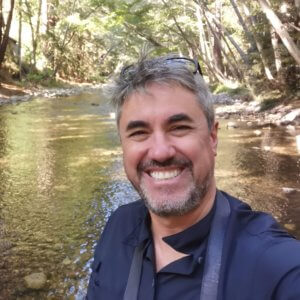
Joaquin Ramirez Cisneros is a wildland fire technologist who has been working for the last 25 years to bridge the gap between scientists and end users. In 2013, Ramirez moved to San Diego from Spain, and now works with agencies worldwide trying to convert the best science into actionable tools. Ramirez is the creator of several of the most advanced fire behavior software model implementations and decision support systems, including the Wildfire Analyst and fiResponse software tools. Since 2011, Ramirez has co-ordinated the first European M.S. in Forest Fires (www.masterfuegoforestal.es) with Prof. Rodriguez Francisco y Silva (UCO) and Prof. Domingo Molina (UdL). Ramirez is a founder and active member of the Pau Costa Foundation. He earned his PhD in remote sensing and GIS at the University of Leon in 2003, an M.S. in forestry from the University of Lleida, and his B.S. in forest engineering from the Polytechnical University of Madrid, Spain.
—
